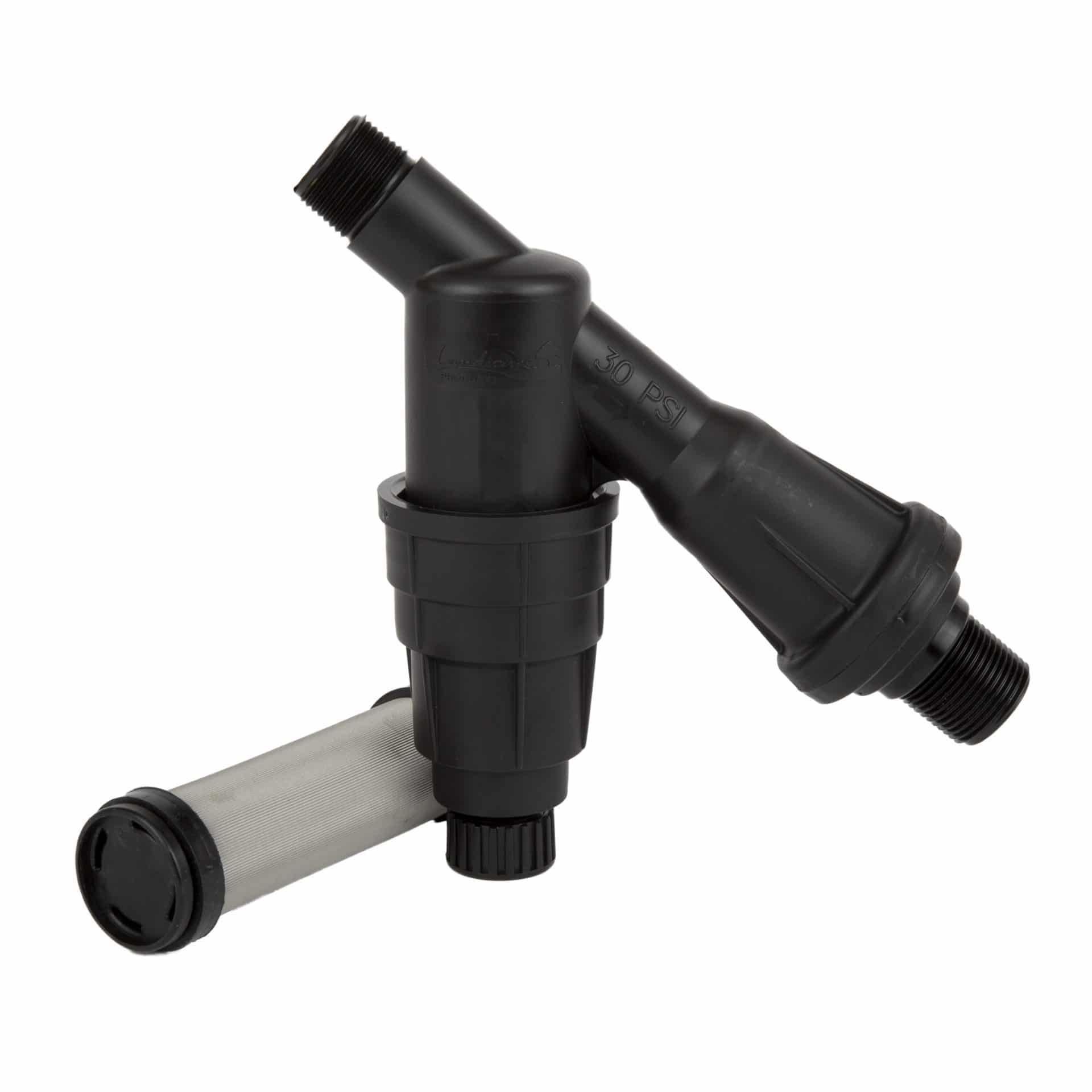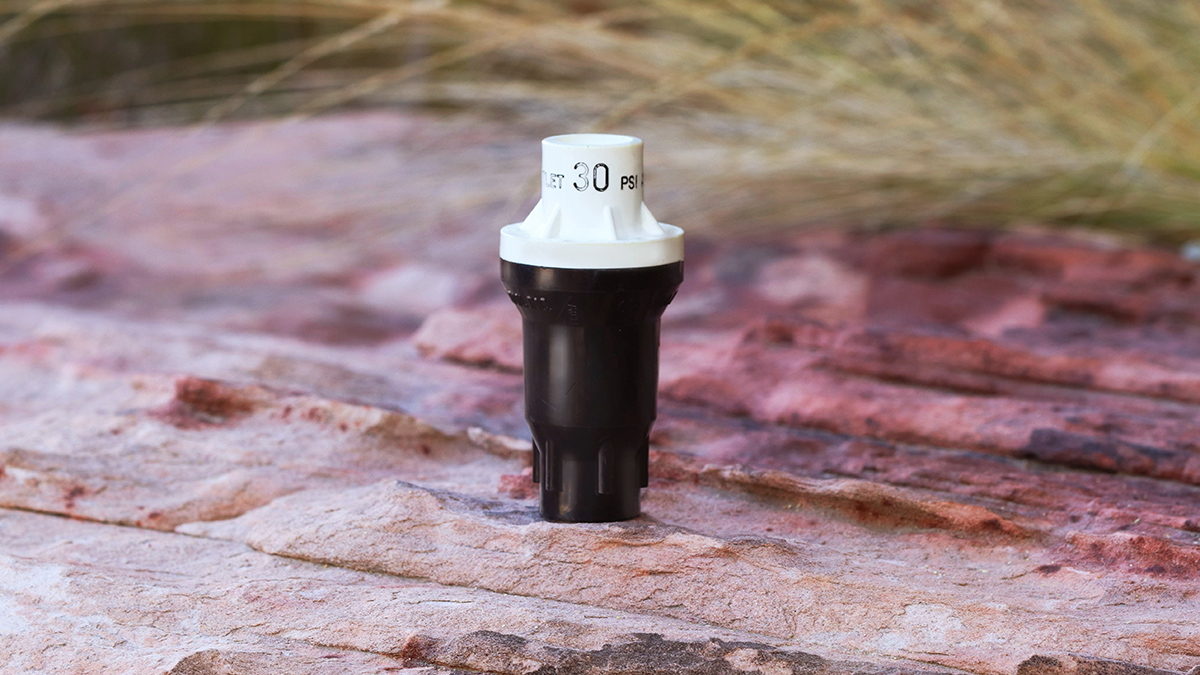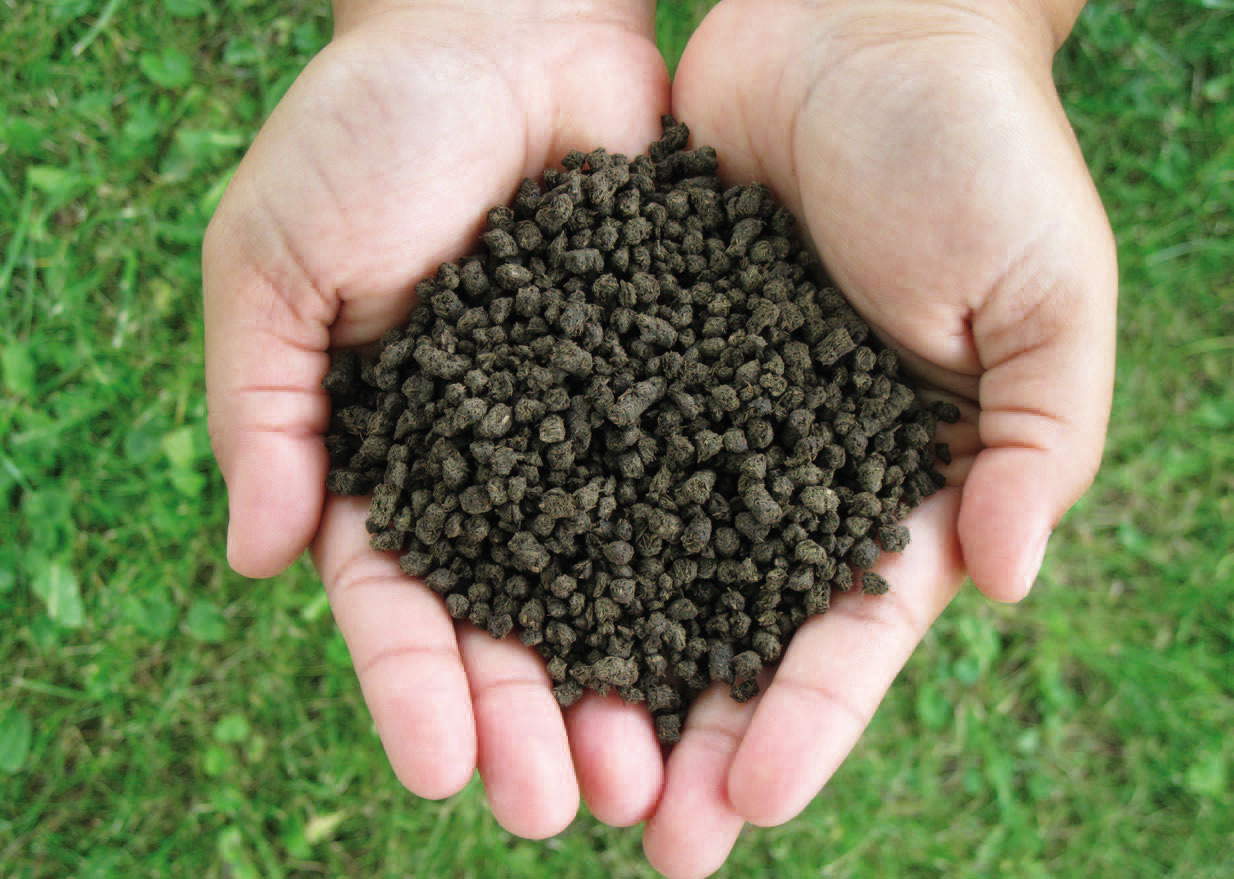Home>Gardening Basics>Understanding Soil>How To Reduce Nitrogen In Soil


Understanding Soil
How To Reduce Nitrogen In Soil
Published: February 8, 2024
Learn effective methods for reducing nitrogen in soil and improving soil health. Understand the impact of nitrogen on soil fertility and explore sustainable solutions. Unlock the potential of your soil with expert insights and practical tips.
(Many of the links in this article redirect to a specific reviewed product. Your purchase of these products through affiliate links helps to generate commission for Chicagolandgardening.com, at no extra cost. Learn more)
Table of Contents
Introduction
Understanding the significance of nitrogen in soil management is crucial for promoting healthy plant growth and sustainable agricultural practices. Nitrogen, an essential element for plant development, is abundant in the Earth's atmosphere. However, despite its ubiquity, maintaining the appropriate balance of nitrogen in soil is imperative for fostering optimal crop yields and environmental preservation. The excessive presence of nitrogen in soil can lead to a myriad of challenges, including water pollution, greenhouse gas emissions, and diminished soil quality. This article aims to provide an insightful overview of nitrogen in soil, offer guidance on assessing nitrogen levels, and present effective techniques for reducing nitrogen content in soil.
Nitrogen management is a multifaceted endeavor that necessitates a comprehensive understanding of soil composition, plant requirements, and environmental impacts. By delving into the intricacies of nitrogen regulation, individuals can cultivate a deeper appreciation for the delicate equilibrium required to sustain healthy ecosystems and agricultural productivity. As we embark on this exploration of nitrogen in soil, we will uncover the nuances of nitrogen dynamics, elucidate methods for evaluating nitrogen levels, and unveil strategies for mitigating excessive nitrogen content. Let's embark on this enlightening journey to discover the art of reducing nitrogen in soil for the betterment of our environment and agricultural landscapes.
Understanding Nitrogen in Soil
Nitrogen, a fundamental element for plant growth and development, plays a pivotal role in the vitality of agricultural ecosystems. In soil, nitrogen exists in various forms, including organic matter, ammonium, and nitrate. These diverse nitrogen compounds undergo dynamic transformations, influenced by microbial activity, plant uptake, and environmental conditions. The intricate nitrogen cycle encompasses processes such as nitrogen fixation, mineralization, nitrification, and denitrification, all of which contribute to the availability and distribution of nitrogen in soil.
Organic matter serves as a reservoir of nitrogen in soil, releasing nitrogen through mineralization as it decomposes. This process liberates ammonium, a primary source of nitrogen for plant utilization. Subsequently, nitrification converts ammonium into nitrate, a form readily absorbed by plants but susceptible to leaching. Conversely, denitrification facilitates the conversion of nitrate into gaseous forms, mitigating the risk of nitrogen loss from soil. Understanding these intricate mechanisms is essential for managing nitrogen levels and optimizing plant nutrition.
The dynamics of nitrogen in soil are influenced by multiple factors, including soil type, pH levels, moisture content, temperature, and the presence of organic residues. These variables collectively influence the availability, mobility, and retention of nitrogen in soil, impacting plant growth and environmental outcomes. Moreover, excessive nitrogen in soil can lead to adverse effects, such as eutrophication of water bodies, greenhouse gas emissions, and compromised soil health. Therefore, comprehending the complexities of nitrogen in soil is vital for implementing targeted strategies to regulate nitrogen levels and foster sustainable agricultural practices.
Assessing Nitrogen Levels
Evaluating nitrogen levels in soil is a critical step in formulating effective nitrogen management strategies. Various methods are employed to assess the nitrogen content, encompassing both quantitative measurements and qualitative observations. Soil testing serves as a foundational approach to quantify nitrogen levels, providing valuable insights into the soil’s capacity to supply nitrogen to plants. Laboratory analyses, including the determination of total nitrogen, ammonium, and nitrate concentrations, offer precise assessments of soil nitrogen status.
Furthermore, field-based assessments, such as plant tissue analysis, can offer indirect indicators of soil nitrogen availability. By analyzing the nitrogen content in plant tissues, growers can infer the sufficiency or deficiency of nitrogen in the soil, guiding appropriate fertilization practices. Additionally, the use of soil sensors and remote sensing technologies enables real-time monitoring of soil nitrogen dynamics, facilitating timely interventions to optimize nitrogen utilization.
Qualitative observations, including visual symptoms of nitrogen deficiency or excess in plants, can also provide valuable cues for assessing soil nitrogen levels. Symptoms such as chlorosis, stunted growth, and delayed maturity in plants can signify inadequate nitrogen availability, prompting further investigation and remedial actions.
It is imperative to consider the spatial and temporal variability of nitrogen levels in soil, recognizing the dynamic nature of nitrogen distribution within agricultural landscapes. Factors such as soil heterogeneity, crop rotation, and nitrogen application history contribute to the intricate mosaic of nitrogen availability. Therefore, a comprehensive assessment of nitrogen levels should encompass spatial mapping and longitudinal monitoring to capture the nuanced fluctuations in soil nitrogen content.
Techniques for Reducing Nitrogen in Soil
Implementing effective techniques to mitigate excessive nitrogen in soil is essential for promoting environmental sustainability and optimizing agricultural productivity. Several strategies can be employed to reduce nitrogen levels and minimize the associated environmental risks. These techniques encompass targeted management practices, innovative technologies, and ecological approaches to enhance nitrogen regulation in soil.
1. Cover Crops and Crop Rotation: Introducing cover crops, such as legumes, can effectively sequester nitrogen from the soil through biological nitrogen fixation. Additionally, crop rotation involving nitrogen-fixing crops can break the cycle of nitrogen depletion, replenishing soil nitrogen levels and reducing the reliance on synthetic fertilizers.
2. Precision Nitrogen Application: Utilizing precision agriculture technologies and variable rate application methods enables tailored nitrogen fertilization, aligning nitrogen inputs with crop demands and soil capacity. This approach minimizes nitrogen surpluses and mitigates the risk of nitrogen leaching and volatilization.
3. Enhanced Nitrogen Utilization Efficiency: Implementing nitrogen inhibitors, slow-release fertilizers, and nitrification inhibitors can enhance nitrogen use efficiency, reducing nitrogen losses and optimizing plant uptake. These technologies improve the synchrony between nitrogen supply and crop demand, minimizing residual nitrogen in the soil.
4. Conservation Tillage Practices: Adopting conservation tillage methods, such as no-till or reduced tillage, preserves soil organic matter and enhances nitrogen retention. By minimizing soil disturbance, conservation tillage mitigates nitrogen mineralization and promotes the accumulation of organic nitrogen compounds in the soil.
5. Biological Remediation Techniques: Employing biological remediation strategies, such as phytoremediation and microbial biostimulation, can facilitate the degradation and assimilation of excess nitrogen in contaminated soils. These approaches harness the metabolic capabilities of plants and microorganisms to remediate nitrogen-impaired soil environments.
6. Wetland Construction and Restoration: Constructing or restoring wetlands in agricultural landscapes can serve as nitrogen sinks, effectively capturing and denitrifying excess nitrogen from surface runoff and drainage waters. Wetland ecosystems play a pivotal role in nitrogen removal and purification, contributing to water quality enhancement.
By integrating these diverse techniques and management practices, agricultural stakeholders can proactively address nitrogen imbalances in soil, fostering resilient agroecosystems and mitigating the environmental impacts associated with excessive nitrogen. Embracing a holistic approach to nitrogen management empowers practitioners to optimize nitrogen utilization, enhance soil health, and safeguard natural resources for future generations.
Conclusion
As we conclude our exploration of nitrogen management in soil, it becomes evident that the intricate interplay of nitrogen dynamics necessitates thoughtful stewardship and proactive interventions. The multifaceted nature of nitrogen regulation underscores the importance of implementing diverse strategies to reduce nitrogen levels in soil, thereby mitigating environmental risks and optimizing agricultural sustainability.
By comprehending the complexities of nitrogen in soil and embracing innovative techniques, agricultural practitioners can cultivate resilient agroecosystems that harmonize productivity with environmental stewardship. The judicious application of cover crops, precision nitrogen application, and conservation tillage practices empowers growers to curtail nitrogen surpluses and minimize the ecological footprint of nitrogen utilization. Furthermore, the integration of biological remediation techniques and wetland restoration initiatives underscores the potential for ecological solutions to address nitrogen imbalances and enhance environmental resilience.
It is imperative for stakeholders across the agricultural continuum to collaborate in advancing nitrogen management practices, leveraging scientific insights and technological innovations to optimize nitrogen utilization and minimize environmental impacts. By fostering a collective commitment to sustainable nitrogen management, we can safeguard soil health, water quality, and ecosystem vitality, ensuring the long-term viability of agricultural landscapes and the preservation of natural resources.
As we embark on this journey toward enhanced nitrogen regulation, let us embrace the ethos of responsible stewardship, recognizing the profound impact of nitrogen management on ecological integrity and agricultural prosperity. Through continuous learning, adaptive management, and knowledge sharing, we can navigate the complexities of nitrogen in soil, fostering a harmonious coexistence between agricultural productivity and environmental well-being.






